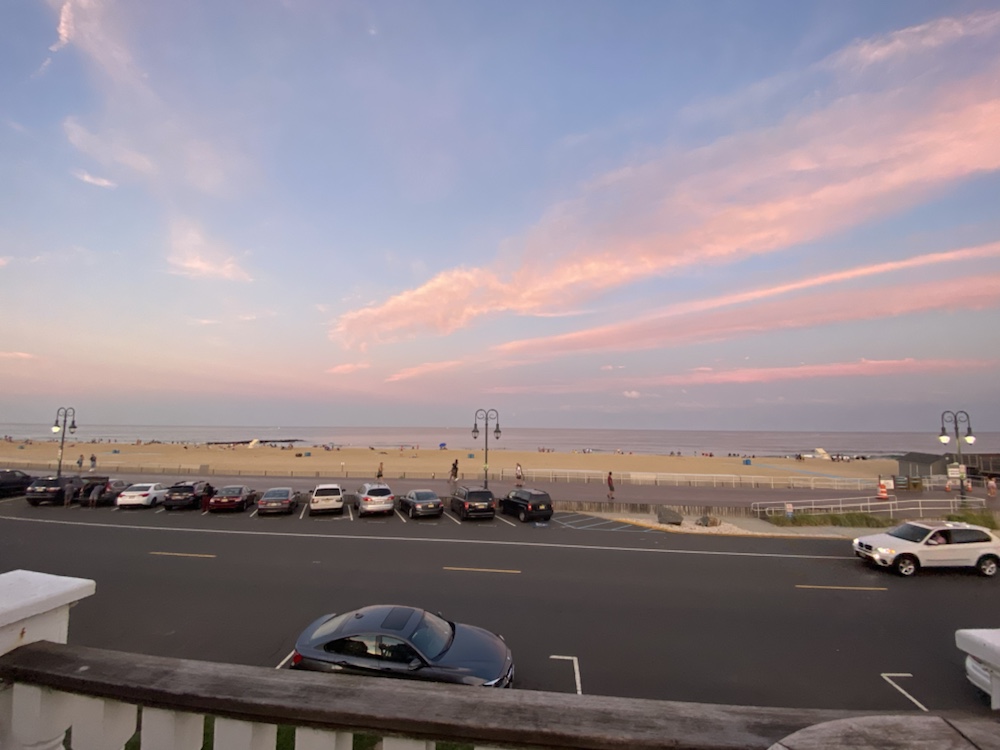Horseshoe crabs are “living fossils”, the last survivors of a group of organisms that first appeared in the fossil record some 30 million years ago. Delaware Bay has the largest population of horseshoe crabs (Limulus polyphemus) in the world.
Besides their extraordinary antiquity, horseshoe crabs are also of paramount importance to human health. Their blood contains a clotting agent, LAL (Limulus Amoebocyte Lysate), which provides a fast, reliable test for the presence of infections bacteria in drugs, as well as prosthetic devices such as heart valves and hip replacements.
Since 1991, the Wetlands Institute has brought scientists and volunteer citizens together to conduct censuses of the ecologically vital horseshoe crab population on the New Jersey side of the Delaware Bay. These censuses take place during May and June and are central to our understanding and responsible management of this ancient marine creature.

Horseshoe Crab Conservation
The Horseshoe Crab, an important keystone species of the Delaware Bay, is an animal that is very much depended upon by many other species participating in the ecosystem. Shorebirds such as the Red Knot (Calidris canutus), Ruddy Turnstone (Arenaria interpres), and the Sanderling (Calidris alba) depend upon Horseshoe Crab eggs deposited along the banks of the Delaware Bay for their own nutritional welfare.
Horseshoe crab tagging will resume in the Shark River estuary on Tuesday, May 23 with a training/tagging event starting at the L Street Beach in Belmar, NJ. Volunteers can participate in tagging and monitoring events through June 23. Data from the work is provided to the US Fish and Wildlife Service.
Tagging and monitoring crabs helps provide information on population trends and crab movement, which provides a small window into the health of an important and ancient species. The spawning season of the Horseshoe Crab is the only time they come ashore and the season is just a few short weeks in May and June.The status of horseshoe crab populations along the Atlantic coast is poorly understood, but crabs continue to be harvested by fishermen and biomedical companies. Although horseshoe crab eggs may be abundant, a decline in the horseshoe crab population would severely impact migrating shorebird populations that depend on the eggs for survival. In the Delaware Bay area, shorebirds play are crucial to the $35 million a year tourism industry.
While not as well known as Delaware Bay or Raritan Bay for horseshoe crabs, Monmouth County, New Jersey’s Shark River estuary is still a popular spawning spot for the marine arthropods. Horseshoe crabs have been observed and tagged at seven locations throughout the estuary since 2003.
The schedule for horseshoe crab tagging may change due to weather but be prepared to get wet regardless of rain. Some volunteers may be assigned a specific beach to monitor around the Shark River estuary. For more information contact Capt. Al Modjeski, Habitat Restoration Director for the American LIttoral Society, at 732-291-0055 or at alek@littoralsociety.org.



